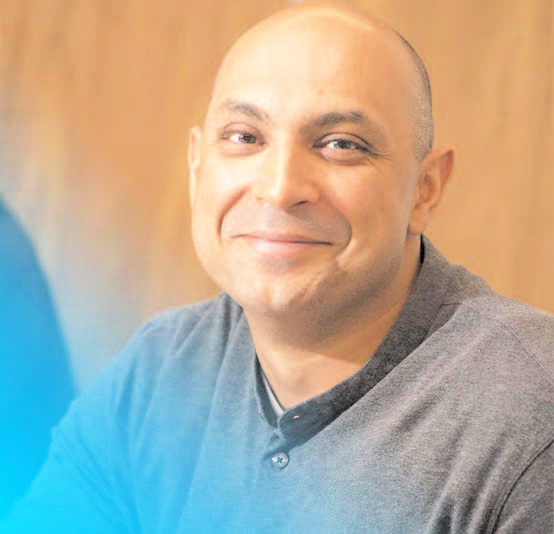
You want a trip to Philip Morris International to feel like a visit to Marlboro Country. But the company’s Swiss research centre, aka the Cube, just won’t play along. Perched above crystalline Lake Neuchatel, southwest of Zurich, the glass hexahedron holds secrets to a future when, Philip Morris says, the world will be blissfully smoke-free. That’s right: Philip Morris, of all companies, is telling smokers to quit. Here, beyond the sun-dappled reflecting pool, scientists in lab coats are searching for Big Tobacco’s magic bullet: cigarette substitutes that will sell — but won’t kill.
The push gained new urgency on Friday with news that British American Tobacco was offering $47bn (£38bn) to buy out Reynolds American, a move that would topple Philip Morris as the world’s largest publicly traded tobacco company. The stakes could scarcely be higher. Tobacco claims more than six million lives every year. With smoking on the decline around the world, tobacco giants are racing to find new, supposedly safer products to feed nicotine addiction, even as they lean on old-fashioned cigarettes to sustain their profits.
Can Big Tobacco really kick cigarettes?More to the point, can it afford to? “We can’t stop cold turkey,” says Andre Calantzopoulos, the chief executive officer of Philip Morris International. A crucial test could come next year when his next big hope — an iPhone-esque contraption that heats tobacco inside a cigarillo-size tube — potentially hits the US. Quitting old-fashioned smokes won’t be easy for tobacco companies or their stakeholders. Philip Morris turned out 850 billion cigarettes last year, generating net revenue of about $74bn. All that tobacco pays off handsomely for global investors: counting dividends, the company’s stock has returned roughly 70 per cent over the past five years.
For Calantzopoulos, an electrical engineer by training and reformed smoker who’s spent his career at Philip Morris, the challenge will be to come up with new moneymakers as society radically redefines the way it uses tobacco. That, while BAT is grabbing the rest of Reynolds to help power its own push into so-called next generation products. Critics are sceptical. They say Big Tobacco is simply doing what it’s always done: selling addictive products, with a gloss of feel-good marketing, while keeping tobacco at the heart of a $770bn global industry. “Philip Morris has demonstrated time and time again in the past its introduction of new products has led to more smokers,” says Matt Myers, president of the Campaign for Tobacco-Free Kids, a leading US anti-smoking group. “Given their history, no one should ever trust what a tobacco company says it intends to do.” Naysayers aside, what’s happening inside the Cube goes well beyond popular alternatives like electronic cigarettes, which exploded on to the scene in the late-2000s and made “vape” the Oxford Dictionaries’ 2014 word of the year.





Be the first to comment